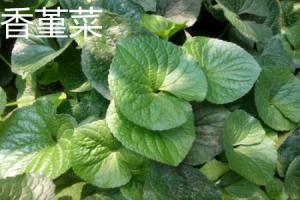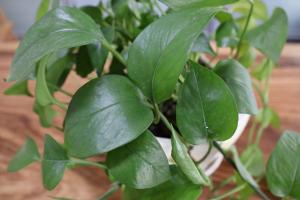Should I Top Tomato Plants?
Tomatoes are arguably one of the most popular vegetables to grow in a backyard garden. They are tasty, versatile, and relatively easy to maintain. However, as with any plant, it is essential to understand the best way to encourage their growth and produce a bountiful harvest. One common question that tomato growers ask is whether they should top their plants. In this article, we will discuss the pros and cons of topping tomato plants and provide helpful tips to help you decide whether or not to take this step.
What Is Topping Tomato Plants?
Topping tomato plants is the process of removing the top part of the main stem. When tomato plants grow, they have a central stem that extends upwards and produces leaves and fruit-bearing branches. Topping the plant involves cutting off the tip of this central stem, which removes the apical meristem. This action redirects energy and nutrients to the lower branches of the plant, encouraging them to grow and produce more fruit.
The Pros of Topping Tomato Plants
Topping tomato plants can have several advantages, including:
1. Increased fruit production: By removing the apical meristem, the plant focuses its energy on producing more branches and fruit, leading to a higher yield in the long run.
2. Better airflow and sunlight: Topping the plants encourages the creation of more branches and a bushier structure. This arrangement allows more airflow and sunlight to reach the lower areas of the plant, reducing the risk of disease and promoting healthier growth.
The Cons of Topping Tomato Plants
While topping tomato plants can have its benefits, there are also some drawbacks to consider, such as:
1. Delayed harvest: Topping tomato plants will slow down the initial fruit production. This is because it takes time for the plant to redirect its energy and develop more fruit-bearing branches.
2. Increased maintenance: Topping tomato plants results in a bushier structure, which can make the plant more difficult to manage. It may be necessary to provide additional support and training to keep the branches from breaking under the weight of the fruit.
Tips for Topping Tomato Plants
If you decide to top your tomato plants, here are some helpful tips:
1. Wait until the plant is well-established: It is best to wait until the plant has set its first cluster of fruit and has grown to about 18 inches tall. Topping the plant too early can result in stunted growth and an overall reduction in yield.
2. Use clean and sharp tools: Use sanitized scissors or pruners to make a clean cut and prevent any potential infections from spreading to the plant.
3. Monitor the plant: After topping the plant, keep an eye on its growth and provide additional support if needed.
Conclusion
So, should you top your tomato plants? Ultimately, the decision depends on your personal preferences and gardening goals. Topping tomato plants can lead to increased yields and healthier growth, but it also requires extra effort and patience. Consider the pros and cons carefully and weigh the benefits against the potential downsides before making your decision. With proper care and maintenance, your tomato plants will thrive and produce a bountiful harvest year after year.

 how many times do yo...
how many times do yo... how many planted tre...
how many planted tre... how many pine trees ...
how many pine trees ... how many pecan trees...
how many pecan trees... how many plants comp...
how many plants comp... how many plants can ...
how many plants can ... how many plants and ...
how many plants and ... how many pepper plan...
how many pepper plan...






























